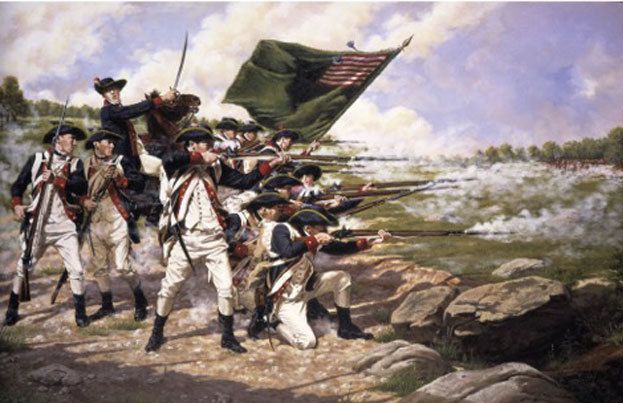Exploring The Grade 8 TEKS Through Primary Sources
The Benefits of Using Primary Sources
 There are many reasons why social studies educators across the country recommend that their students grapple with primary sources:
There are many reasons why social studies educators across the country recommend that their students grapple with primary sources:
- Reading primary sources helps students see where our knowledge of the past comes from.
- It demonstrates to students that there are multiple voices from the past, not just a single narrative or a single objective truth.
- It enables students to sharpen their critical reading and thinking skills.
- It increases student engagement by organizing learning around compelling questions, such as: What happened? How did it happen? Why did it happen? How do we know this is what happened?
- Primary sources provide ample material for student discussion, collaboration, disagreement and debate.
- The more effort students put into learning something, the more likely it is they will assimilate and remember it. By grappling with primary sources, students will better learn and understand early American history.
The Organization of Exploring the Grade 8 TEKS through Primary Sources
Why not harness this energy to a study of primary sources aligned to the TEKS, so that students will also improve their performance on the STAAR test?
Exploring the Grade 8 TEKS through Primary Sources does just that. It presents a series of carefully culled excerpts from primary source documents, organized by time period and aligned to the TEKS.
Based on the work of Kylene Beers, Robert Probst, Robert Marzano, Sam Wineburg, Bruce Lesh, and others, each document or group of documents follows an identical format:
- Background Information
Provides students with some information about the background to the document(s). - Before Reading
An instruction that relates to the student’s existing knowledge - During Reading
A literacy activity of some kind for the student to complete while reading the excerpt, such as highlighting main ideas or coding text - An excerpt from a primary source, accompanied by a “Word Helper”
- Post-Reading Questions
An introductory question asking students what they noticed in the excerpt, followed by focused comprehension questions, questions about context, questions about the author’s intent, and questions relating the document directly to the TEKS - Post-Reading Activity
At the end of each group of documents, a graphic organizer for students to complete or a short writing activity, such as a “RAFT” exercise
For the projected Table of Contents, please click here.
Contact Us
Mark Jarrett, Ph.D.
10 Folin Lane, Lafayette, CA 94549
MarkJarrett@Comcast.net
Tel. 925-906-9742
Fax 925-939-6557
Texas Sales Manager
Gene Matthews
Tel. (940) 206-2604
genem@mgroupmarketing.com
Houston Area
Mary Jane Shannon
Tel. (713) 248-1348
mjshannon@comcast.net
Dallas-Fort Worth Metroplex
Matt Rymer
Tel. (214) 415-2604
mattrymer@aol.com



